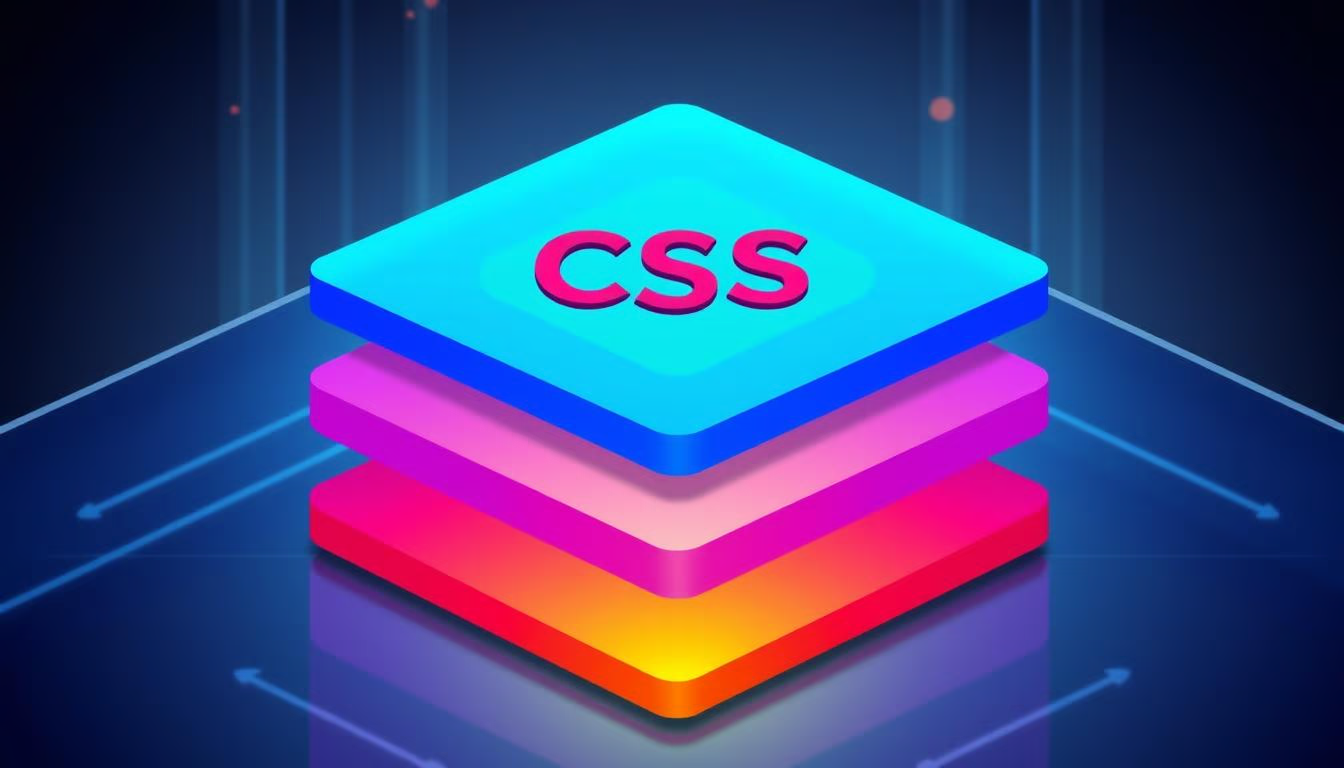In the rapidly evolving world of mobile app development, choosing the right tools can make or break your project. As businesses and developers seek faster, more efficient ways to bring their ideas to life, FlutterFlow has emerged as a compelling alternative to traditional Flutter development. But is this AI-powered platform truly the future of app creation? Let's dive deep into the world of FlutterFlow and explore its potential to revolutionize the way we build mobile applications.
Introduction: The App Development Revolution
The mobile app market is booming, with global app revenues projected to reach $935 billion by 2023, according to Statista. This explosive growth has created an urgent need for faster, more accessible development tools. Enter FlutterFlow: a visual development platform that combines the power of Flutter with intuitive design tools and AI assistance.
For businesses and developers facing tight deadlines and budget constraints, FlutterFlow promises a solution that could dramatically reduce development time and costs. But how does it stack up against traditional Flutter development? And more importantly, is it the right choice for your next project?
In this comprehensive guide, we'll explore:
- The key differences between FlutterFlow and traditional Flutter development
- How AI is transforming the app creation process
- Real-world case studies of FlutterFlow in action
- The challenges and limitations of using FlutterFlow
- The future outlook for AI-powered development tools
Whether you're a seasoned developer, a business owner, or simply curious about the latest trends in app development, this article will provide valuable insights to help you navigate the evolving landscape of mobile app creation.
1. FlutterFlow vs Flutter: A Comparative Analysis
To understand the impact of FlutterFlow, we need to compare it with traditional Flutter development across several key metrics:
| Feature | FlutterFlow | Traditional Flutter |
|---|
| Development Speed | Very Fast (Up to 10x faster) | Fast |
| Learning Curve | Low to Medium | Medium to High |
| Code Quality | Good (AI-generated) | Varies (developer-dependent) |
| Customization | High with some limitations | Unlimited |
| Performance | Good for most apps | Excellent, highly optimizable |
| Scalability | Suitable for small to medium projects | Ideal for projects of all sizes |
| Cost | Subscription-based | Free and open-source |
According to a 2023 survey by DevOps.com, teams using visual development tools like FlutterFlow reported a 40% reduction in time-to-market for new apps compared to those using traditional coding methods. This significant boost in efficiency is particularly attractive for startups and businesses operating in fast-paced markets.
2. The AI Advantage: How FlutterFlow is Changing the Game
At the heart of FlutterFlow's appeal is its integration of artificial intelligence throughout the development process. Here's how AI is transforming app creation:
- Intelligent Design Assistance: FlutterFlow's AI analyzes your app structure and suggests optimal layouts, color schemes, and UI elements. A study by UX Magazine found that AI-assisted design tools can reduce the time spent on UI/UX design by up to 30%.
- Smart Code Generation: The platform's AI generates clean, efficient Dart code based on your visual designs. This not only speeds up development but also helps maintain consistent code quality. According to a report by Gartner, AI-powered code generation tools can reduce coding errors by up to 25%.
- Automated Testing: FlutterFlow incorporates AI-driven testing tools that can automatically generate and run tests, identifying potential issues before deployment. This proactive approach to quality assurance can significantly reduce the time and resources spent on manual testing.
- Natural Language Processing (NLP) for App Creation: Experimental features in FlutterFlow allow developers to describe UI elements and functionality in natural language, with AI translating these descriptions into actual components and code. While still in its early stages, this technology has the potential to make app development accessible to an even wider audience.
The integration of AI in FlutterFlow addresses one of the biggest challenges in app development: the shortage of skilled developers. According to the U.S. Bureau of Labor Statistics, the demand for software developers is projected to grow 22% from 2020 to 2030, much faster than the average for all occupations. Tools like FlutterFlow can help bridge this skills gap by empowering more people to create apps without extensive coding knowledge.
3. Real-World Success: FlutterFlow Case Studies
To truly understand the impact of FlutterFlow, let's look at some real-world examples of companies that have successfully leveraged this platform:
Case Study 1: Rappi's Rapid Prototype
Rappi, a Colombian on-demand delivery startup valued at over $5 billion, used FlutterFlow to rapidly prototype new features for their app.
- Challenge: Rappi needed to quickly test new UI designs and features to improve user engagement and retention.
- Solution: The Rappi team used FlutterFlow to create functional prototypes of new features in days rather than weeks. They leveraged the platform's visual editor and pre-built components to quickly assemble new UI layouts and integrate them with their existing backend systems.
- Results: According to Rappi's Head of Product, the use of FlutterFlow reduced their feature prototyping time by 70%. This allowed them to test and iterate on new ideas much faster, leading to a 15% increase in user engagement within three months of implementing the new features.
Case Study 2: Nubank's Customer Support Chatbot
Nubank, one of the world's largest digital banks with over 70 million customers, used FlutterFlow to develop a customer support chatbot interface.
- Challenge: Nubank wanted to create a user-friendly chatbot interface that could be easily updated and maintained by their customer support team, many of whom didn't have coding experience.
- Solution: The bank chose FlutterFlow for its visual development approach and AI-assisted design features. They were able to create a customizable chatbot interface that integrated seamlessly with their existing AI backend.
- Results: Nubank reported that the FlutterFlow-built chatbot interface was completed in just two weeks, compared to an estimated six weeks using traditional development methods. The ease of use allowed non-technical team members to make updates to the chatbot's UI, resulting in a 25% improvement in customer satisfaction scores related to chatbot interactions within the first month of deployment.
These case studies demonstrate the potential of FlutterFlow to significantly accelerate development timelines and empower non-technical team members to contribute to app development processes.
4. Challenges and Limitations: When FlutterFlow Might Not Be the Answer
While FlutterFlow offers numerous advantages, it's important to understand its limitations and the scenarios where traditional Flutter development might be more appropriate:
- Complex, Custom Functionality: For apps requiring highly specialized or complex custom features, traditional Flutter development offers more flexibility. For example, when Spotify developed its mobile app, they opted for native development to ensure optimal performance for audio streaming and complex UI animations that may be challenging to implement in a visual development environment.
- Large-Scale Enterprise Applications: FlutterFlow may struggle with very large, complex applications. When Alibaba developed their mobile app, which handles millions of transactions daily, they chose to use traditional Flutter development for better control over performance optimization and scalability.
- Integration with Legacy Systems: Companies with extensive legacy systems may find traditional Flutter development more suitable for deep integration. For instance, when HSBC updated their mobile banking app, they used traditional development methods to ensure seamless integration with their existing banking infrastructure.
- Performance-Critical Applications: For apps where every millisecond of performance matters, such as high-frequency trading platforms or real-time multiplayer games, the fine-tuned control offered by traditional Flutter development is often necessary.
It's crucial to carefully assess your project requirements and long-term goals when deciding between FlutterFlow and traditional Flutter development. While FlutterFlow excels in rapid prototyping and straightforward app development, complex or highly specialized projects may benefit from the additional control and customization offered by traditional methods.
5. The Future of App Development: AI and Beyond
As we look towards the future, several trends suggest that AI-powered development tools like FlutterFlow will play an increasingly important role in the app development landscape:
- Democratization of App Development: According to a report by Gartner, by 2025, 70% of new applications developed by enterprises will use low-code or no-code technologies, up from less than 25% in 2020. This trend indicates a growing demand for tools that make app development accessible to a wider audience, a need that platforms like FlutterFlow are well-positioned to meet.
- AI-Assisted Coding: The integration of AI in development tools is expected to become more sophisticated. GitHub's Copilot, an AI pair programmer, has already shown promising results in assisting developers. As these technologies evolve, we can expect even more intelligent assistance in coding, potentially automating large portions of the development process.
- Increased Focus on Rapid Prototyping: In a fast-paced market, the ability to quickly build and iterate on app ideas is crucial. A study by McKinsey found that companies that rapidly test and iterate their products are 45% more likely to outperform their peers. Tools like FlutterFlow that enable rapid prototyping are likely to become increasingly valuable in this context.
- Integration of Advanced AI Features: Future versions of FlutterFlow and similar platforms may incorporate more advanced AI capabilities, such as automated localization, accessibility improvements, and predictive user behavior modeling. These features could further streamline the development process and improve app quality.
While traditional coding will likely remain important for complex, highly customized applications, tools like FlutterFlow are poised to capture a significant portion of the app development market, especially for small to medium-sized projects and rapid prototyping.
Conclusion: Embracing the Future of App Development
As we've explored throughout this article, FlutterFlow represents a significant leap forward in the world of app development. Its ability to dramatically speed up the development process, lower the barrier to entry for app creation, and integrate cutting-edge AI assistance makes it a compelling choice for many projects.
Key takeaways:
- FlutterFlow can significantly reduce development time and costs, making it an attractive option for startups and businesses looking to quickly validate ideas or bring products to market.
- The integration of AI in FlutterFlow enhances various aspects of the development process, from design to testing.
- While FlutterFlow excels in many areas, traditional Flutter development still has its place, especially for complex, large-scale, or performance-critical applications.
- The future of app development is likely to see an increasing role for AI-powered tools, with a focus on democratizing app creation and enabling rapid iteration.
As the app development landscape continues to evolve, it's clear that tools like FlutterFlow will play an increasingly important role. However, the key to success lies not in choosing between FlutterFlow and traditional development, but in understanding when and how to leverage each approach to best meet your project's needs.
How Nexowa Can Help
At Nexowa, we understand that navigating the rapidly changing world of app development can be challenging. That's why we're committed to providing cutting-edge solutions that leverage the best of both traditional and AI-powered development approaches.
Our team of experts can help you:
- Assess whether FlutterFlow or traditional Flutter development is the best fit for your project
- Rapidly prototype and develop your app ideas using FlutterFlow's powerful features
- Integrate advanced AI functionalities into your FlutterFlow projects
- Optimize FlutterFlow-built apps for performance and scalability
- Provide training and support for your team in adopting FlutterFlow and AI-assisted development practices
At Nexowa, our focus is on delivering high-quality, efficient solutions that drive real value for our clients. We're not just about building apps; we're about building partnerships that help businesses thrive in the digital age.
Whether you're a startup looking to quickly validate an idea, an established company aiming to modernize your mobile presence, or somewhere in between, Nexowa has the expertise to guide you through the evolving landscape of app development.
Ready to explore how FlutterFlow and AI-powered development can transform your app ideas into reality? Contact Nexowa today for a consultation and discover how we can help you stay ahead in the fast-paced world of mobile app development.

-1729777074986.avif?alt=media&token=c8b8bf65-87d3-47d8-b990-3ff1929ea86f)


-1729776429043.avif?alt=media&token=2affca87-dade-4f14-94cb-2c2416a8238d)

-1729777074986.avif?alt=media&token=c8b8bf65-87d3-47d8-b990-3ff1929ea86f)
